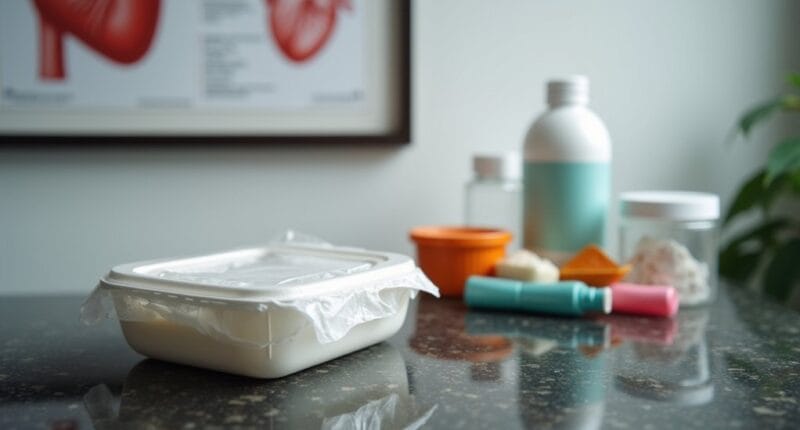Scientists have linked everyday plastics to a staggering 356,000 heart disease deaths in adults aged 55-64 during 2018. Phthalates, those pesky chemicals lurking in food containers and cosmetics, are the culprits. India took the biggest hit with over 100,000 deaths. The kicker? These chemicals are hiding everywhere – from your lunch box to your lipstick. The plastic crisis isn’t just killing our oceans; it’s coming for our hearts, too. And that’s just the beginning of this toxic tale.

While plastic products have become inseparable from modern life, their convenience comes at a staggering human cost. Scientists have uncovered a disturbing link between common plastic chemicals and heart disease deaths, with phthalates – those ubiquitous compounds that make plastics soft and flexible – implicated in over 356,000 deaths among adults aged 55-64 in 2018 alone.
The numbers are sobering. About 13% of all heart disease deaths in this age group trace back to phthalate exposure, with three-quarters of these fatalities concentrated in the Middle East, South Asia, East Asia, and the Pacific. These harmful chemicals are found in everyday items like food storage containers and cosmetics. Turns out those convenient food containers and shampoo bottles aren’t so benign after all. India reported 103,587 deaths from DEHP exposure, leading all other nations in this concerning health crisis.
A stark reality: phthalates in everyday plastics linked to 13% of heart disease deaths across Asia and Middle East.
But wait, there’s more. Microplastics – tiny plastic particles that have invaded practically every corner of our bodies – are now found lurking in arterial plaque. People with these plastic-laden deposits face a 4.5 times higher risk of heart attacks, strokes, or death. A recent study found these microscopic menaces in 58% of carotid artery plaque samples. They’re in our blood, lungs, liver, and joints – basically everywhere we don’t want them to be.
The mechanism is straightforward but frightening. Phthalates trigger inflammation in coronary arteries, while microplastics physically damage blood vessels and amp up oxidative stress. It’s like hosting a microscopic demolition derby inside your arteries. The effects build up slowly but surely, especially in urban areas where plastic exposure is highest.
The economic toll is equally grim. BPA, another plastic nasty, is linked to millions of heart disease cases and hundreds of thousands of strokes annually. The global price tag for dealing with plastic-related health issues? Trillions of dollars per year.
Yet we keep churning out more plastic products, especially in developing regions where regulatory oversight is often lacking. It’s a perfect storm of convenience, chemistry, and catastrophic health outcomes that’s quietly claiming lives across the globe.




